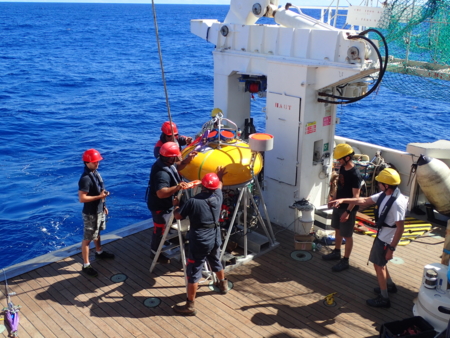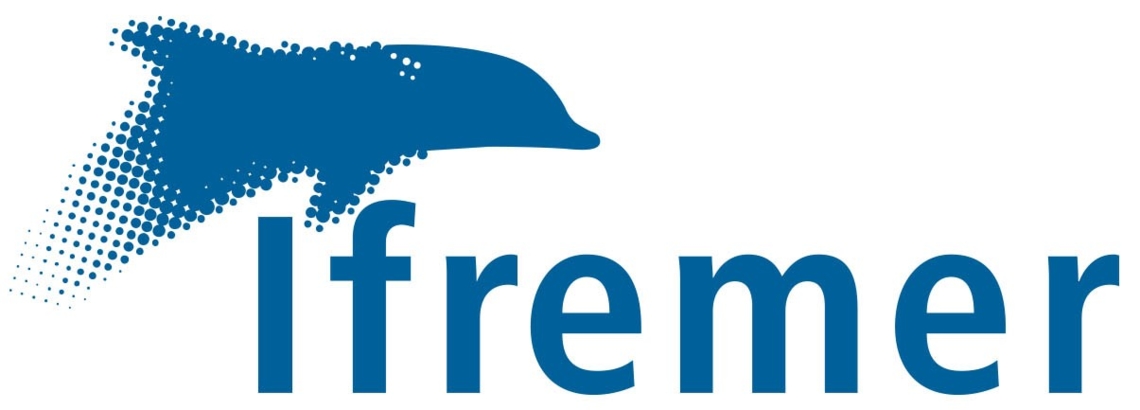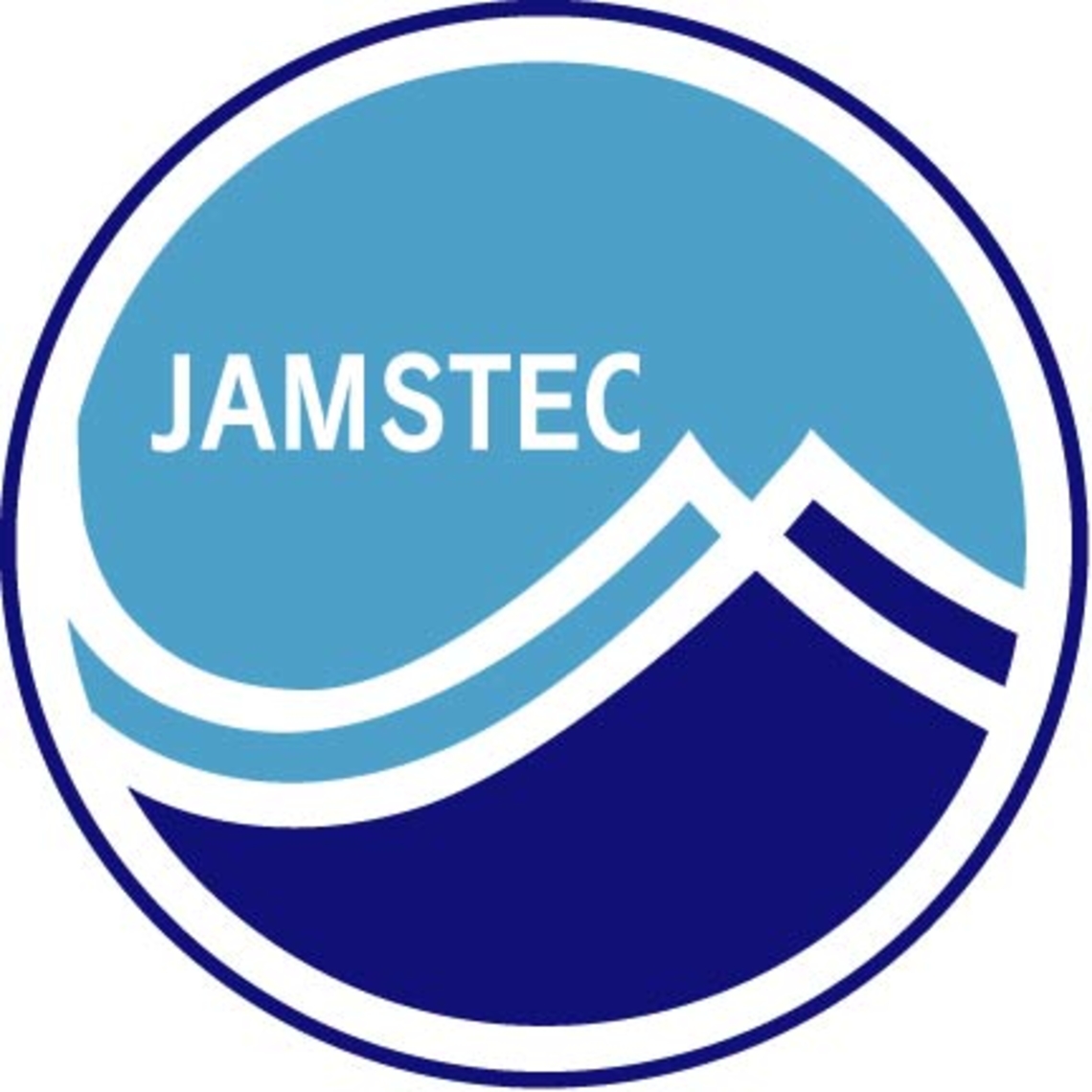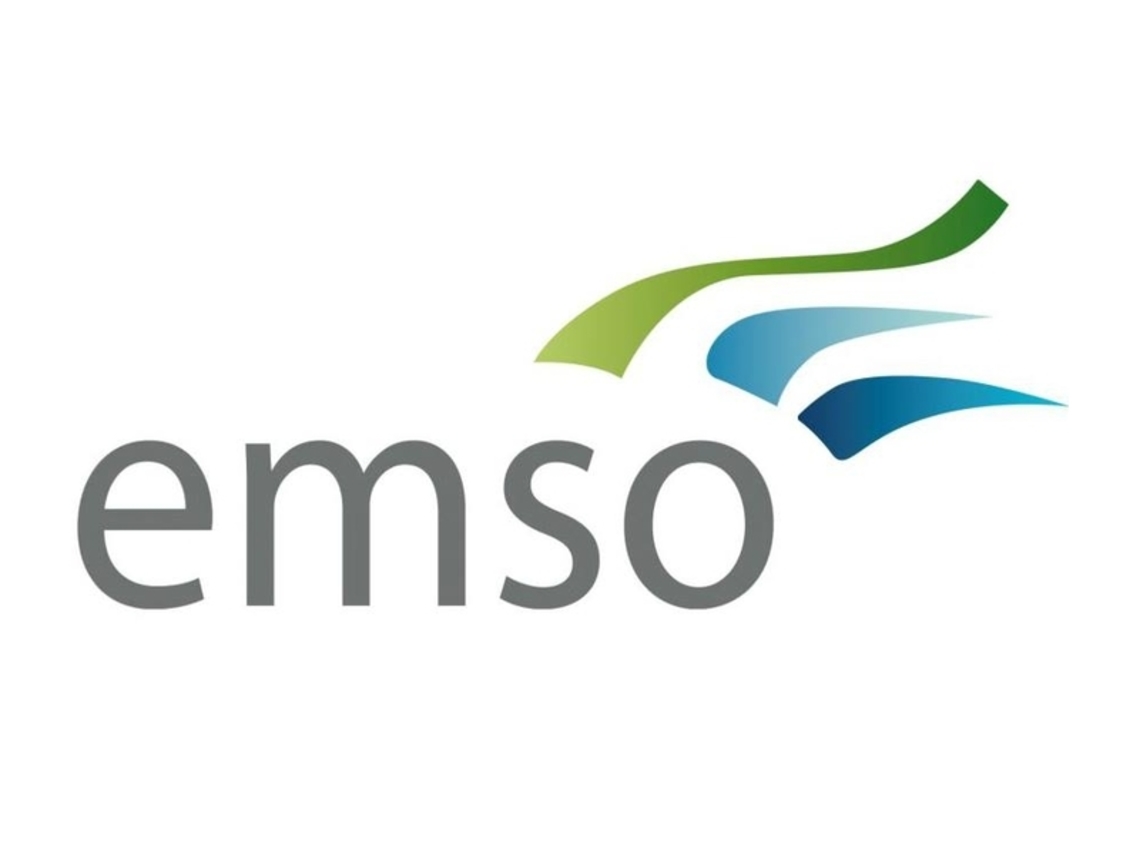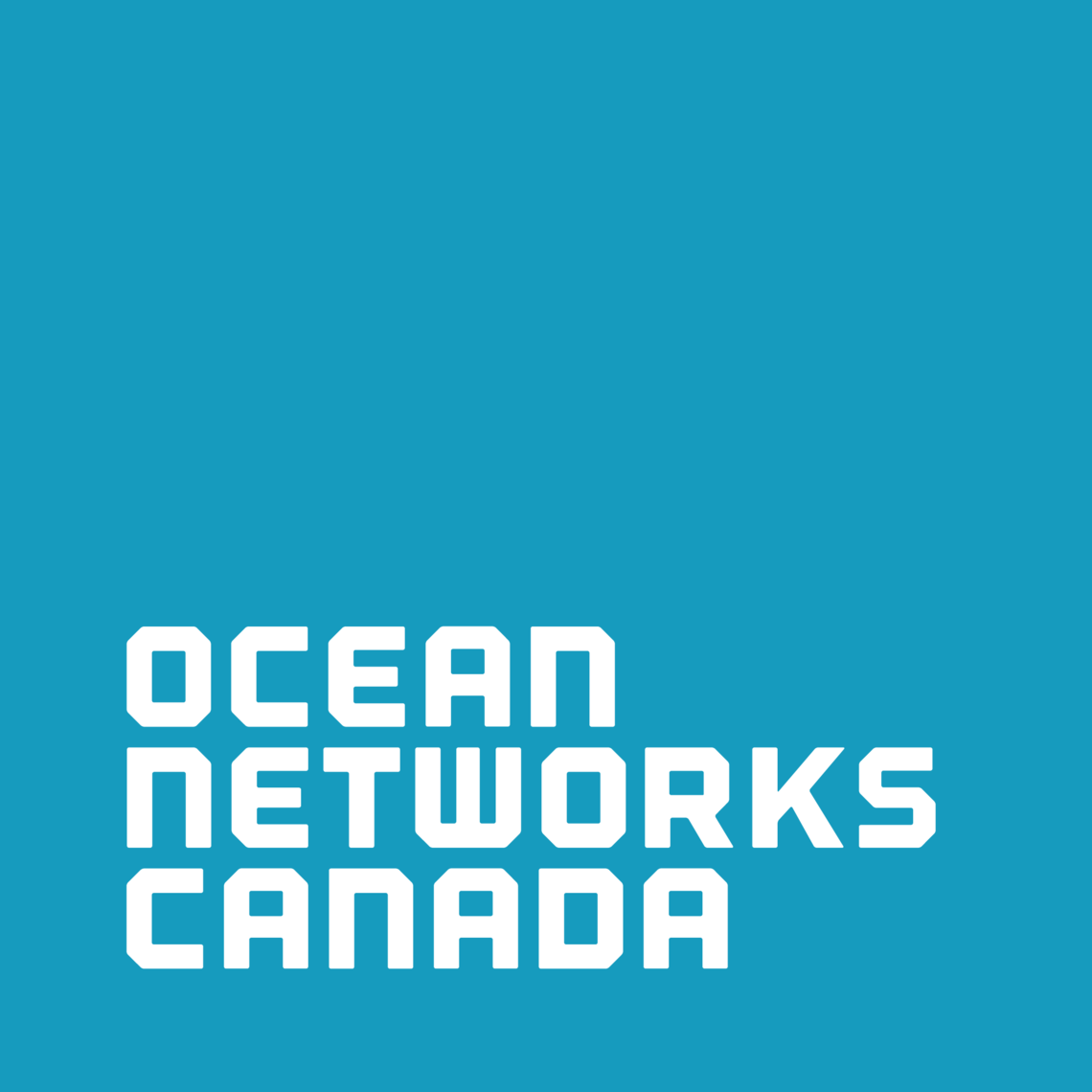Partners
Ifremer, France’s national integrated marine science research institute, is a reference for knowledge on the marine environment and its resources. On the national, European and international levels, Ifremer instigates coordinated research programmes and infrastructure development. For example, Ifremer now runs and operates the French Oceanographic Fleet. For the coming decade, in line with the sustainable development goals (SDGs) for the ocean, understanding and forecasting the state of the ocean in 2100 is at the heart of Ifremer’s enterprise.
The Japan Agency for Marine-Earth Science and Technology (JAMSTEC), based on the principle of peace and welfare, strives for the improvement of the standards of marine science and technology and contributes to the development of academic research by comprehensively conducting the fundamental research and development and cooperating with partners related to the ocean. JAMSTEC has been engaged in a variety of research and development activities as one of Japan’s national research institutes covering a broad spectrum of marine and earth science and technology.
The European Multidisciplinary Seafloor and water column Observatory (EMSO) is a consortium of partners sharing a common strategic framework of scientific facilities (data, instruments, laboratories, computing and storage capacity).
EMSO is a European Research Infrastructure Consortium (ERIC), a legal framework created by the European Commission in 2009 for pan-European large-scale research infrastructures. EMSO aims to explore the oceans to better understand phenomena happening within and below them and explain the critical role that these phenomena play in the broader Earth systems.
Ocean Networks Canada (ONC) is a world-leading research and ocean observing facility hosted and owned by the University of Victoria, and managed by the not-for-profit ONC Society. ONC operates unparalleled observatories in the deep ocean and coastal waters of Canada’s three coasts–the Arctic, the Pacific and the Atlantic–gathering biological, chemical, geological and physical data to drive solutions for science, industry and society. ONC’s observatories collect data via cabled, mobile and community networks. Our infrastructure supplies Internet connectivity to thousands of subsea instruments up to 300 kilometres offshore, to depths of 2,660 metres. All ‘big data’ generated through ONC’s observatories is openly accessible through the Oceans 3.0 data management system.

